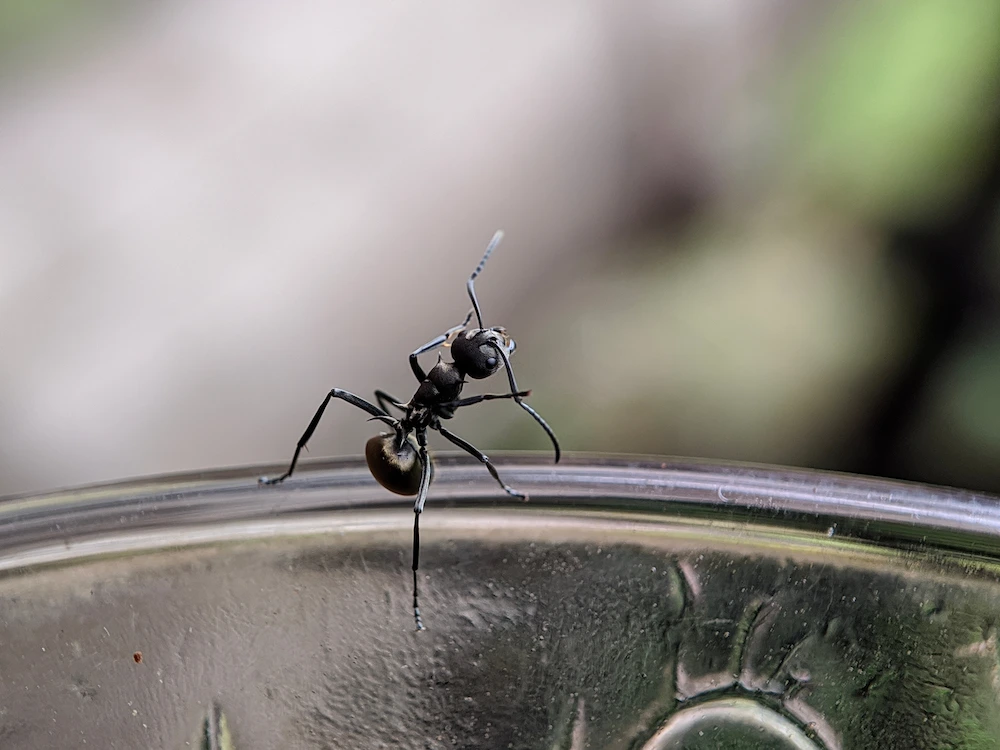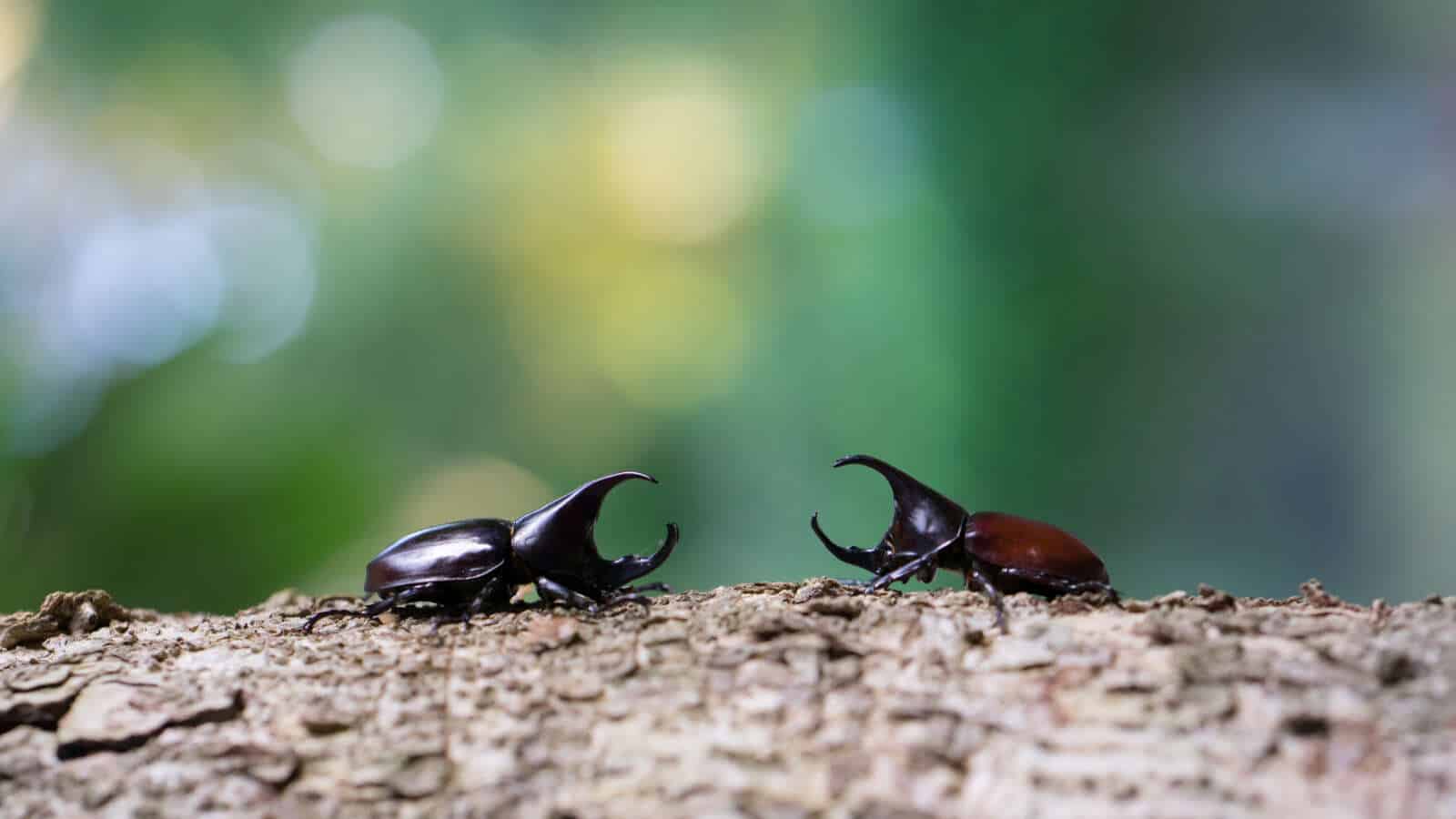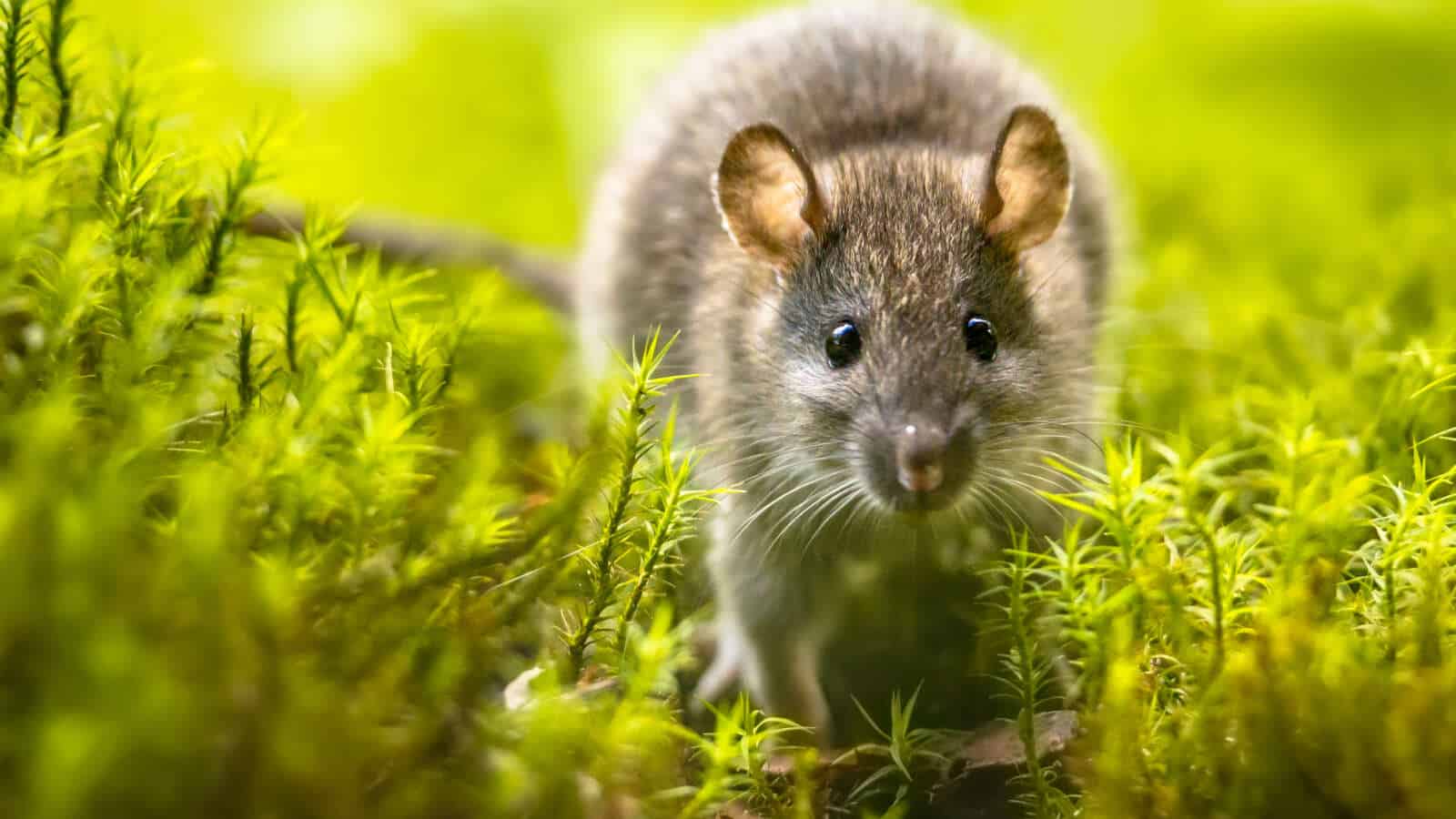Summary: Ants are a major pest across the country, but one species stands out with its unique defense mechanism. This blog discusses the lives of odorous house ants, including their appearance, habitat, diet, and risk level. It ends with ant prevention tips. Pointe Pest Control provides reliable ant services all year long.
______________________________________________________________________________________________________________________________________
A common nightmare for homeowners across the country is an ant infestation. Whether you live in California or Illinois, the sight of an ant army marching across the floor is a nightmarish one. This is partly because of the universally recognized truth: where there’s one ant, there’s a thousand more.
One of the most infamous ants in the U.S. is the odorous house ant. Also known as “sugar ants,” these pests infest kitchen cabinets and under-sink storage like nobody’s business. It’s important for you as a homeowner to be familiar with these ants before they invade so you know what you’re dealing with.
Let’s explore the habits and risks of these smelly, hardworking ants — before we reveal the best ways to prevent them.
Back to Basics
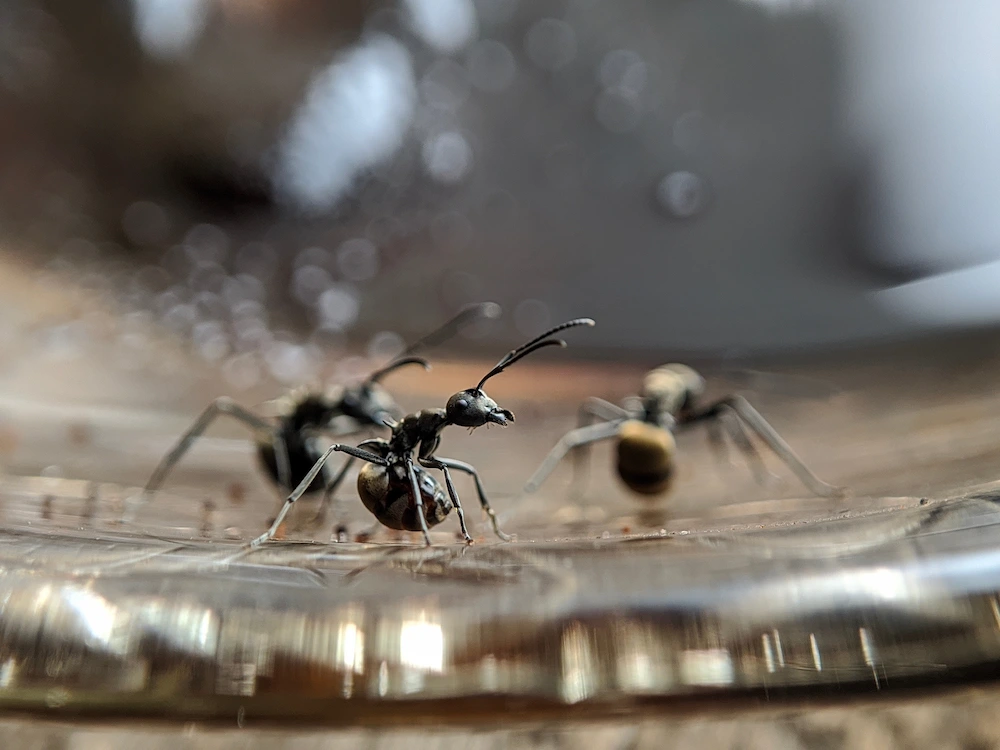
Odorous house ants look like the most generic version of an ant. They are brown or black, have 6 legs and 2 antennae, and are up to 1/8 of an inch long. These ants are also one of the most common ants in the Midwest, so chances are good that you’ve seen odorous house ants in your lifetime.
These ants, like most pests, are most active in spring and summer. The warm weather gives these cold-blooded insects an energy surge for their activities. Odorous house ants love moisture and prefer to always live near a water source. Each colony can have multiple queens and thousands of workers. Trust us, you do not want a colony living in your house.
What’s That Smell?

We need to address the “odorous” part of this pest’s name. When these ants are squished, threatened, or dead, they release a strange odor. It’s been compared to rotten coconut, old dirt, and blue cheese. We don’t think they’ll be making candles out of these scents anytime soon!
The smell is stronger in live ants than in dried, deceased ants. The scent is also more prominent in large groups. If a lot of ants are disturbed, they will scatter and release their odor to ward off the enemy.
Put the “House” in House Ants
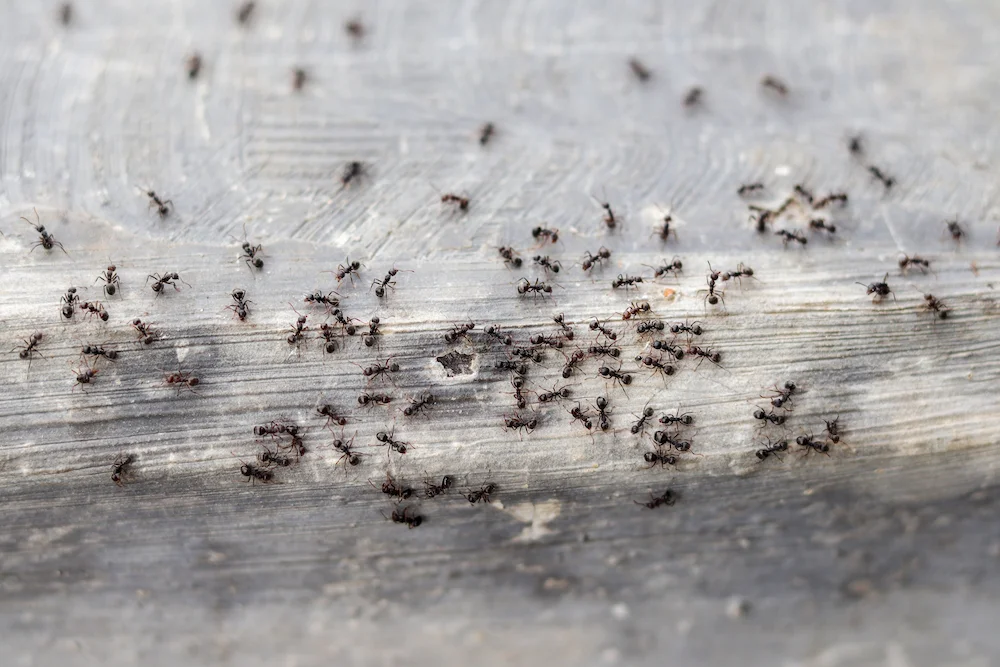
If there’s one thing you should know about odorous house ants, it’s their preference for established cavities. Other ants build their own nests, but these pests would rather move into an existing place. That’s why they enjoy living in houses so much. Their only real qualifications for indoor habitats are moisture and warmth, which often leads them to outside-adjacent walls.
In a house, odorous house ants usually invade:
- Wall voids
- Under-sink cabinets
- Heaters
- Rotten wood
- Insulation
- Electrical sockets
- Window/door frames
Outside, odorous house ants like hiding underneath natural materials. Their colonies are often found under firewood, soil, rocks, logs, and mulch. Basically, if there’s a space that is dark, warm, and moist, odorous house ants will be there.
Sweet Treats
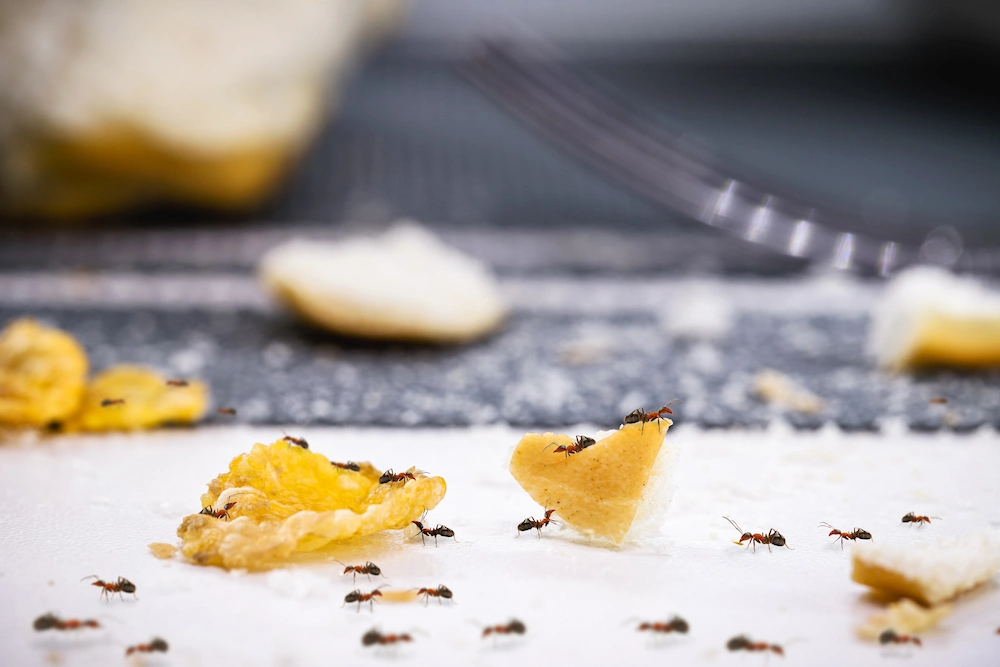
Odorous house ants have a notorious sweet tooth. They’re always looking for sweet food items that will give their colony enough energy to survive. However, they’re not restricted to sugary foods. They also enjoy anything carbohydrate-heavy since these foods keep them full for longer.
These ants forage for food day and night, so it’s possible to spot an invasion any time of day. The workers travel in line formations, leaving a trail of pheromones (scent chemicals) to lead their colony to the same food sources.
Odorous house ants eat a variety of foods, but their favorites include:
- Pastries
- Fruit juice
- Greasy foods
- Meats
- Insects
- Seeds
- Vegetables
- Aphid honeydew
How Bad Are They?

No one wants ants in their house, but how bad are these pests in the big picture? They’re not the worst pests of the bunch — roaches and bed bugs are much higher on the list — but ants definitely bring their own issues.
The biggest problem with odorous house ants is food contamination. Ants contaminate each food and surface they touch with their bacteria. They aren’t known to transmit diseases, but these ants can transfer bacteria from their previous place (dumpsters, soil, etc.) to the next food they touch.
Another broad issue with these pests is the sheer number of them. After breeding in late spring or early summer, the queen ants start laying 20 to 30 eggs a day. This is bad news if the colony is established in or near a house.
Speaking of which, odorous house ant infestations occur more often during the rainy months. Their outdoor nests get flooded with abundant rain, so they’re desperate for a new shelter. Satellite nests are also a concern. A queen and some workers can leave their original nest to form a new one — and continue growing their numbers.
All in all, odorous house ants aren’t a pest you want near your home. They reproduce often, contaminate food, and are relentless. If you can avoid dealing with an odorous house ant invasion, you’ll be better off for it.
How to Prevent Odorous House Ants
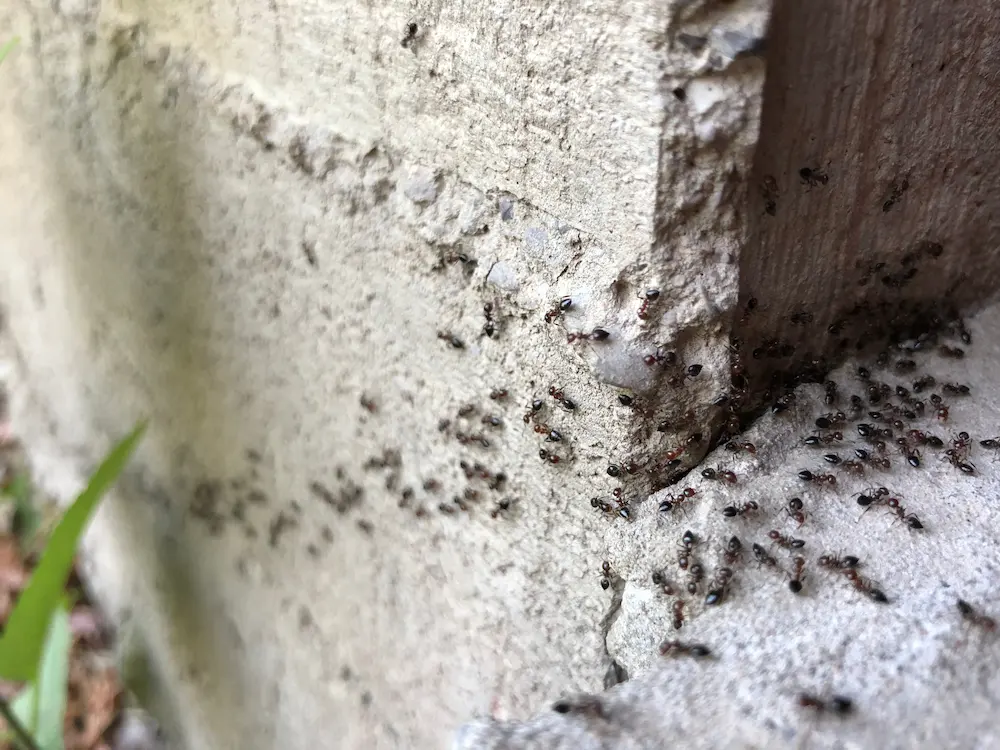
In order to prevent odorous house ants (or any ants), you need to eliminate their attractants and make it nearly impossible for them to invade. In other words, making sure they can’t access your food, water, and home is essential for true prevention.
Want to prevent odorous house ants? Use these tried-and-true methods!
- Store Your Food Properly: Ants are one of the top food pests, so it’s important to remove this attractant. Store your pantry essentials (baking products, cereal, chips, nuts, etc.) in airtight containers. Don’t leave opened food out for long periods of time.
- Eliminate Excess Water: Since these ants love moisture, it’s important to remove any extra water. Check the plumbing and pipes for leaks, and fix any new leaks immediately. Make sure there aren’t any puddles in the house, especially in the kitchen.
- Seal Cracks: Ants are small enough to slip through tiny holes in a building. Check your house’s exterior for new cracks, especially near the foundation. Seal small gaps with waterproof caulk, and fill larger gaps with steel wool before lining with caulk.
- Keep Firewood Away from the House: These ants like to hide under wood. Make sure they don’t have easy access to your home by storing your firewood away from the house. Experts suggest a range of 5 feet to 20 feet away, so adjust the space according to your yard.
- Maintain the Plants: When plants and tree branches touch the house, they act as highways for pests. Trim back plants, bushes, and tree branches at least one foot from the house. Mow the lawn consistently to ensure ants aren’t hiding in the grass.
- Have Proper Trash Management: Trash is one of the major pest attractants, thanks to the abundance of food sources. Get all garbage in the trash can, use strong trash bags, and take out the trash when it’s full. Keep the lids to the outdoor trash cans closed when not in use.
- Store Pet Food Well: Ants want your pet’s food too! Store dry dog or cat food in a lidded container, like a clean lidded trash can. Once your pet finishes eating, remove their food bowl and store it in a secure place.
- Clean Kitchen Surfaces: Crumbs and small spills are forgettable for us, but they’re great food sources for ants! At least once a day, wipe down the counters and eating surfaces with your antibacterial cleaner of choice.
- Utilize Professional Pest Control: Time is always of the essence when it comes to pests, especially eusocial insects like ants and wasps. At the first sign of an ant problem, contact your local pest professionals ASAP. You’ll save time and money in the long run by getting immediate service.
Pointe Leaves No Ant Behind
Store-bought baits and traps might work against a few ants, but they’re no match for an entire infestation. That’s where Pointe Pest Control comes in! Our experienced technicians know the life cycles and habits of Midwestern ants, so we use these natural happenings to inform our treatment methods.
Your pest control is only as good as the team providing it. Pointe’s licensed technicians are known for their professionalism and dedication. We deliver targeted treatments and preventative measures with the utmost efficiency and care. For a free quote on the most reliable pest control in the Midwest, contact us today!
Citations
Lupo, L.J. (2024, June 6). How to get rid of odorous house ants. The Spruce. Available at https://www.thespruce.com/getting-rid-of-stinky-house-ants-2656358 (Accessed on April 10, 2025).
Odorous house ants. (n.d.). Pest World. Retrieved April 10, 2025, from https://www.pestworld.org/pest-guide/ants/odorous-house-ants/
The sweet tooth and unique scent of odorous house ants. (2019, June 19). PBS Wisconsin. Retrieved April 10, 2025, from https://pbswisconsin.org/news-item/the-sweet-tooth-and-unique-scent-of-odorous-house-ants/


